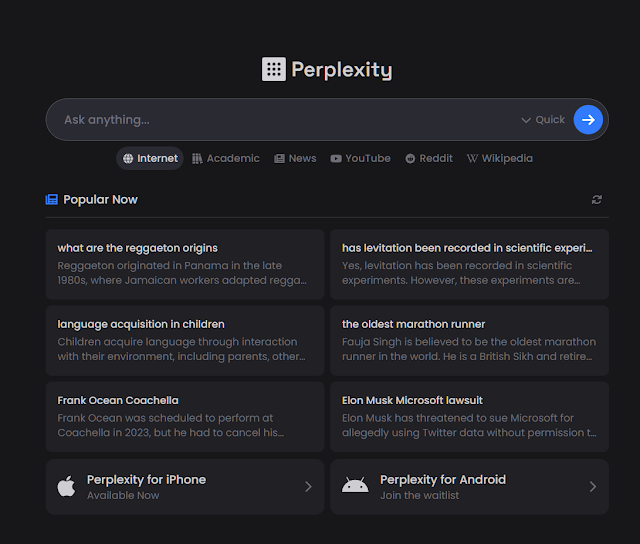The search screen prompt is well tailored to quick searches too, which adds to its usability. Below is a sample of it's findings from an initial prompt followed by one of its suggested follow on prompts. It really is easy to use with one of the best UX's available for its type.
Large Language Models (LLMs) are rapidly transforming how we interact with technology, offering incredible potential for tasks ranging from content creation to complex analysis. However, as these powerful tools become more integrated into our lives, so too do the novel security challenges they present. Among these, prompt injection attacks stand out as a particularly persistent and evolving threat. These attacks, as one recent paper (Safety at Scale: A Comprehensive Survey of Large Model Safety https://arxiv.org/abs/2502.05206) highlights, involve subtly manipulating LLMs to deviate from their intended purpose, and the methods are becoming increasingly sophisticated. At its core, a prompt injection attack involves embedding a malicious instruction within an otherwise normal request, tricking the LLM into producing unintended – and potentially harmful – outputs. Think of it as slipping a secret, contradictory instruction into a seemingly harmless conversation. What makes prompt inj...


Comments
Post a Comment